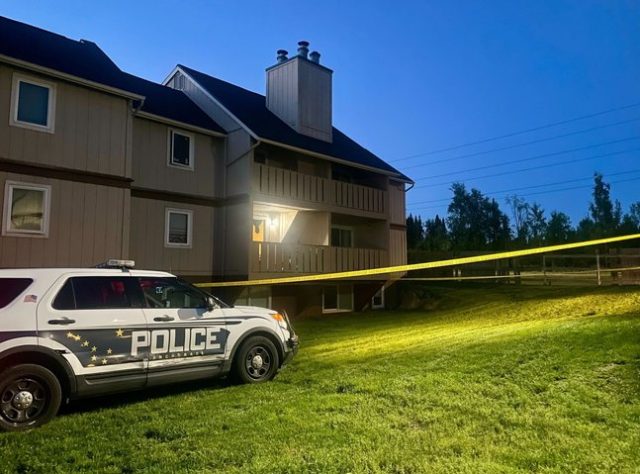Easter Leafa was sitting under a blanket on her balcony with a knife when Anchorage police arrived, responding to a call for help from her family. Instead of showing her hands as told, they said, the 16-year-old girl stood and approached them with the blade.
Two officers opened fire simultaneously, one with a less-lethal foam projectile and the other with real bullets, killing her two days before Leafa was to start her junior year of high school. She had recently moved from American Samoa to get a better education and was still learning English, her family said.
Leafa was among seven people shot by Anchorage police since May, the most recent a homicide suspect critically injured after officers said he opened fire on them Friday afternoon. That is more than twice as many as the department typically shoots in a year. were killed.
The spate has made Anchorage the latest in a long list of American cities to wrestle with and prompted an apology to Leafa’s family along with promises of reform from the city’s new mayor.
“This cannot be our new normal,” Mayor Suzanne LaFrance told a news conference after Leafa’s death.
The other six shootings involved suspects who reportedly had firearms, shot at police or, in two cases, were armed homicide suspects.
The leader of the city’s police union, Darrell Evans, suggested in a statement Friday that the unusual spike in shootings by officers reflected “the chaos our city is facing.” There have been 20 homicides in Anchorage this year, 14 in the past few months.
While that total is already approaching last year’s 23 with about a third of the year still to go, it’s roughly in line with typical Anchorage homicide totals: there were 35 in 2019 and 28 in 2022.
At least four of those shot by police were people of color, and that has especially rattled Anchorage’s minority residents.
The city is one of the most diverse in the U.S., with large populations of Asian, Hispanic and Alaska Native people, including many who came for military service and remained. There are over 100 languages spoken by students in Anchorage schools, and the U.S. Census said Anchorage had the four most racially and ethnically diverse neighborhoods in the nation after the 2020 count.
The police department has tried to over the past decade, but still 7 in 10 officers are white, far more than the city’s population of 291,000, which is a little over half white, according to Census data.





